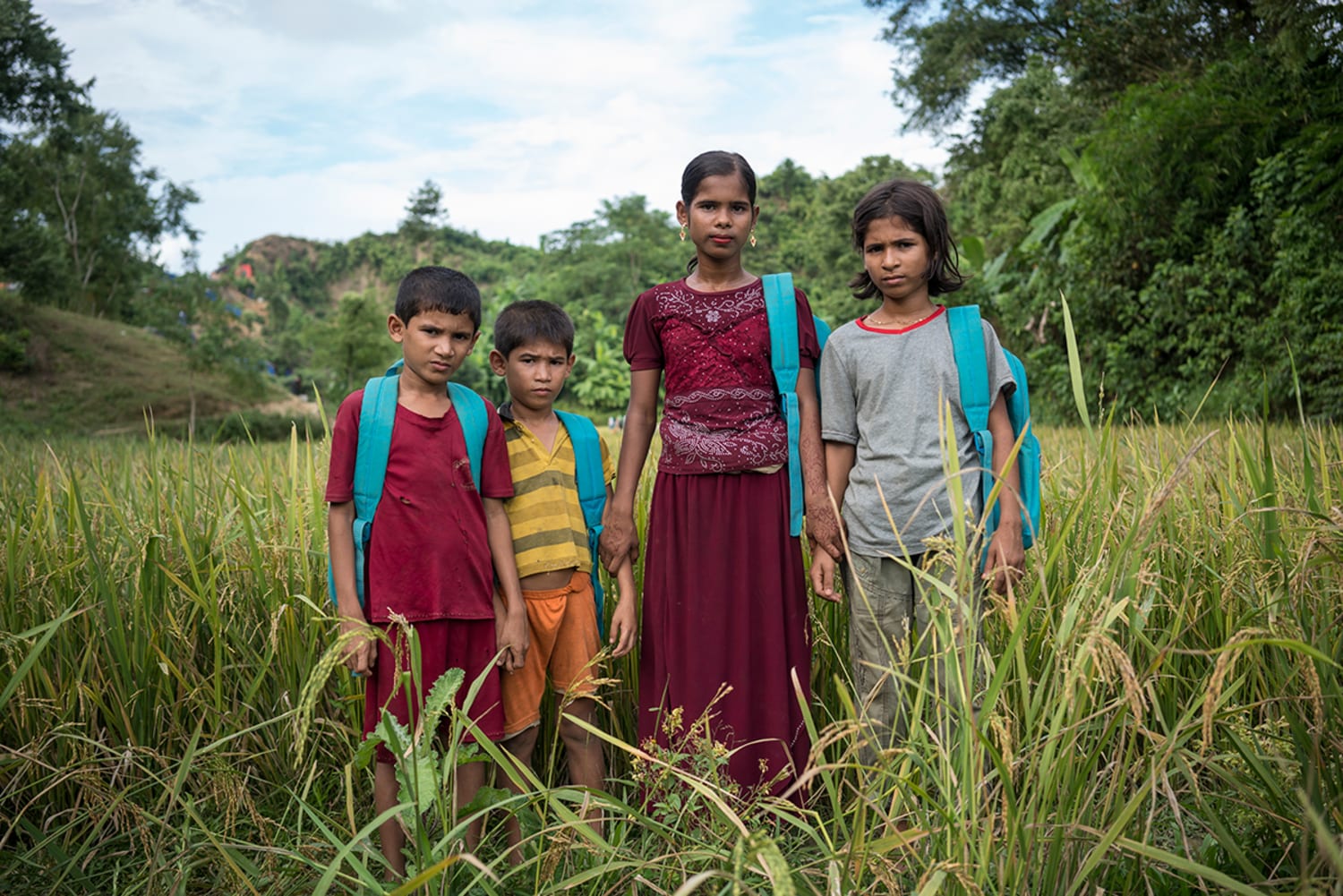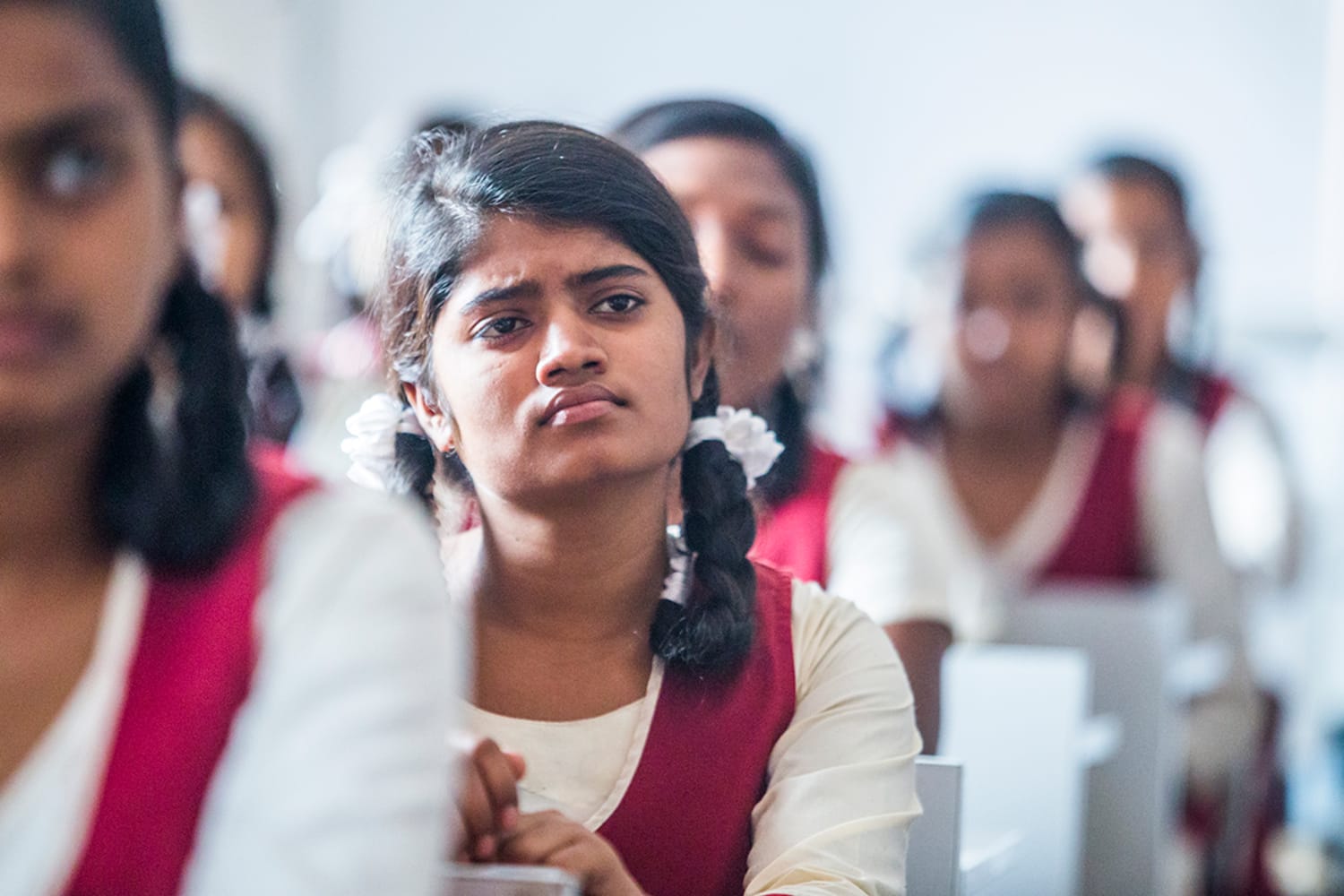What do you think are the biggest issues when it comes to gender around Asia?
In UNICEF, we see gender inequality starting at birth. Particularly in Asia, there is a strong preference for boys. This can lead to sex selection; girls don’t even get born. Today, more than 117 million women and girls are missing in Asia.
As children grow up, we expect very different behaviours from girls and boys. We give boys and girls different toys. In media, they see male heroes and women who need rescuing. We compliment girls so much more on appearances versus the abilities that we highlight in boys like how smart they are, or strong. Between 6- 10 years of age, gender stereotypes really manifest in girls and boys; it impacts their confidence and aspirations and makes them follow different pathways.
For example, we see girls drop out of school due to marriage or pregnancy, or to help at home. Girls do not choose science and technology as subjects in schools or as career paths. Many girls don’t enter the workforce at all. And if they do they are expected to do double duty – the caregiving to children and family members, and housework, in addition to their employment or entrepreneurial work.
Tell us about UNICEF’s recent work on child marriage and the issues around that.
In South Asia we see forced and arranged child marriages. In other parts of the region it is more about young people in romantic relationships. Girls and boys engage in relationships with their peers, and often pregnancy comes first, which gets ‘resolved’ in early marriage, before age 18. There are different patterns of child marriage and teenage pregnancy—each needs to be addressed in specific ways.
In this region, we work in Thailand, Cambodia, Laos, Indonesia, Philippines, and Malaysia where the numbers of child marriages are highest. We see girls’ agency and girls’ education as most important. Girls—and boys—need to learn about relationships and their bodies, to make informed and safe choices.
We promote comprehensive sexuality education through schools, through parents and develop guidance and tools to support them. But girls and boys are also online and look for health information, including on sex and sexuality.
We have mapped out what kind of digital media offerings are out there—websites, chatbots, apps, vlogs, and much more. We are looking at how we can work with these digital groups and online sex educators and support them. It’s early days but, for the first time, children can engage directly on content that is important to them.




